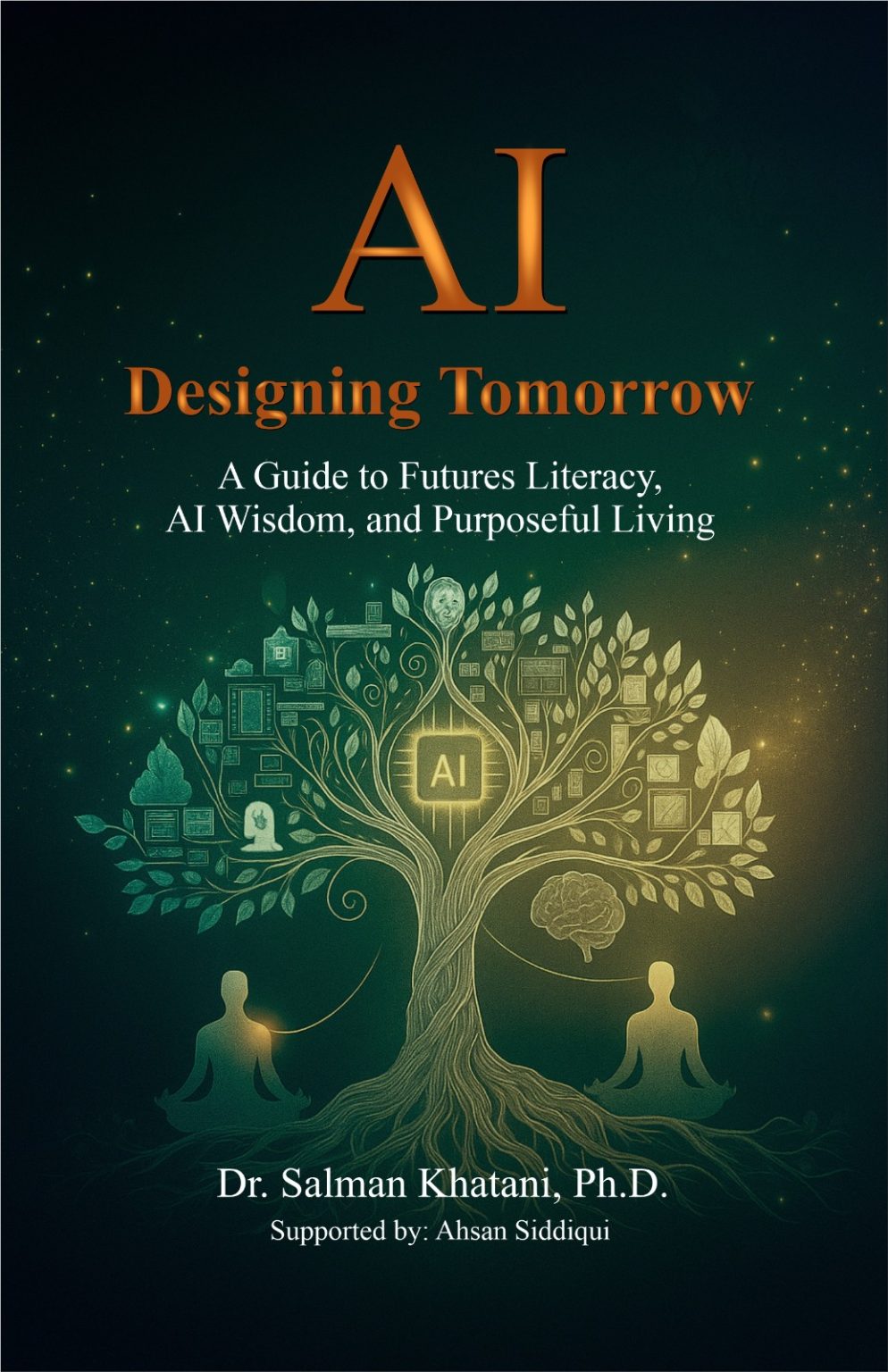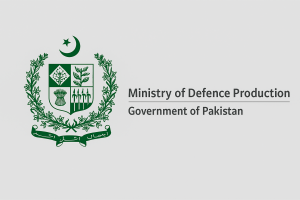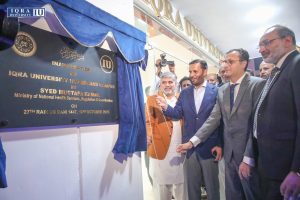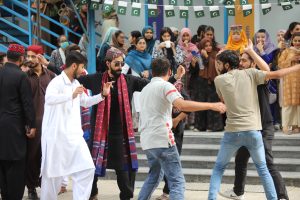At Iqra University, our graduates step into fast‑changing workplaces. Two complementary literacies help them thrive: Futures Literacy, the ability to imagine multiple possible futures and act wisely today, and AI Literacy, the skills to use, question, and improve AI systems responsibly. Together, they turn students from passive technology users into thoughtful shapers of change on campus and beyond.
What is Futures Literacy?
Futures Literacy is not about predicting the future. It cultivates the habit of seeing weak signals, questioning assumptions, and exploring many futures, probable, plausible, and preferable. At IU, students practice three moves: (1) scan trends across society, technology, economy, environment, and policy; (2) reframe challenges through multiple lenses; and (3) use scenarios to test today’s decisions. This mindset reduces “future shock” and builds agency.
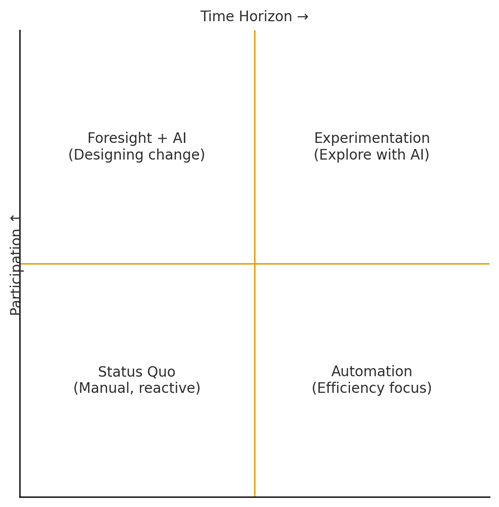
Figure 1: Pairing participation with time horizon shows how combining foresight with AI moves learners from simple automation to designing change.
Why pair it with AI Literacy?
AI is now a partner in thinking, not just an automation tool. When students are AI‑literate, they translate ideas into prompts, evaluate model outputs, audit bias, and trace sources. When they are futures literate, they ask better questions of AI: What assumptions sit inside this dataset? Which community does this solution benefit, or leave out? What happens if the context changes? Combined, the two literacies speed up research and creativity while strengthening ethics and inclusion.
How We’ll Teach This at IU
- Trend Safari (BBA/MBA): students collect real‑world signals from Karachi (policy changes, startups, ads) and tag them with drivers of change.
- Scenario Sprint (Capstone Studios): teams build two contrasting 2030 scenarios for a local issue, energy, health, or mobility, and map risks/opportunities for industry partners.
- Responsible Prompting Lab: learners design a small “custom GPT” for course tasks (e.g., literature scans, SOP drafting), then stress‑test it for bias, hallucinations, and safety.
- Impact Canvas: each team proposes a present‑day pilot, tools, partners, and metrics to make their preferred future more likely. Pilots can connect with ORIC/Career Office for internships or community projects.

Figure 2: A simple learning cycle used in class—Scan → Frame → Imagine → Prototype → Reflect.
Opportunities for IU Students
- Campus Use‑Cases: efficiency dashboards, responsible‑use guidelines, and accessibility tools built with AI.
- Industry Links: short sprints with local companies to test prototypes and gather feedback.
- Portfolio‑First Assessments: students leave each course with scenario briefs, prompt books, and ethical checklists they can show employers.
Key Takeaway
Futures Literacy helps us decide what kind of future we want; AI Literacy helps us build tools to get there, safely and effectively. By teaching both together, Iqra University can produce graduates who are imaginative, ethical, and employable: people who can read change, design responses, and keep humans at the centre of innovation.
By: Dr Salman Ahmed Khatani
Associate Professor (Business school), Iqra University – North Campus
